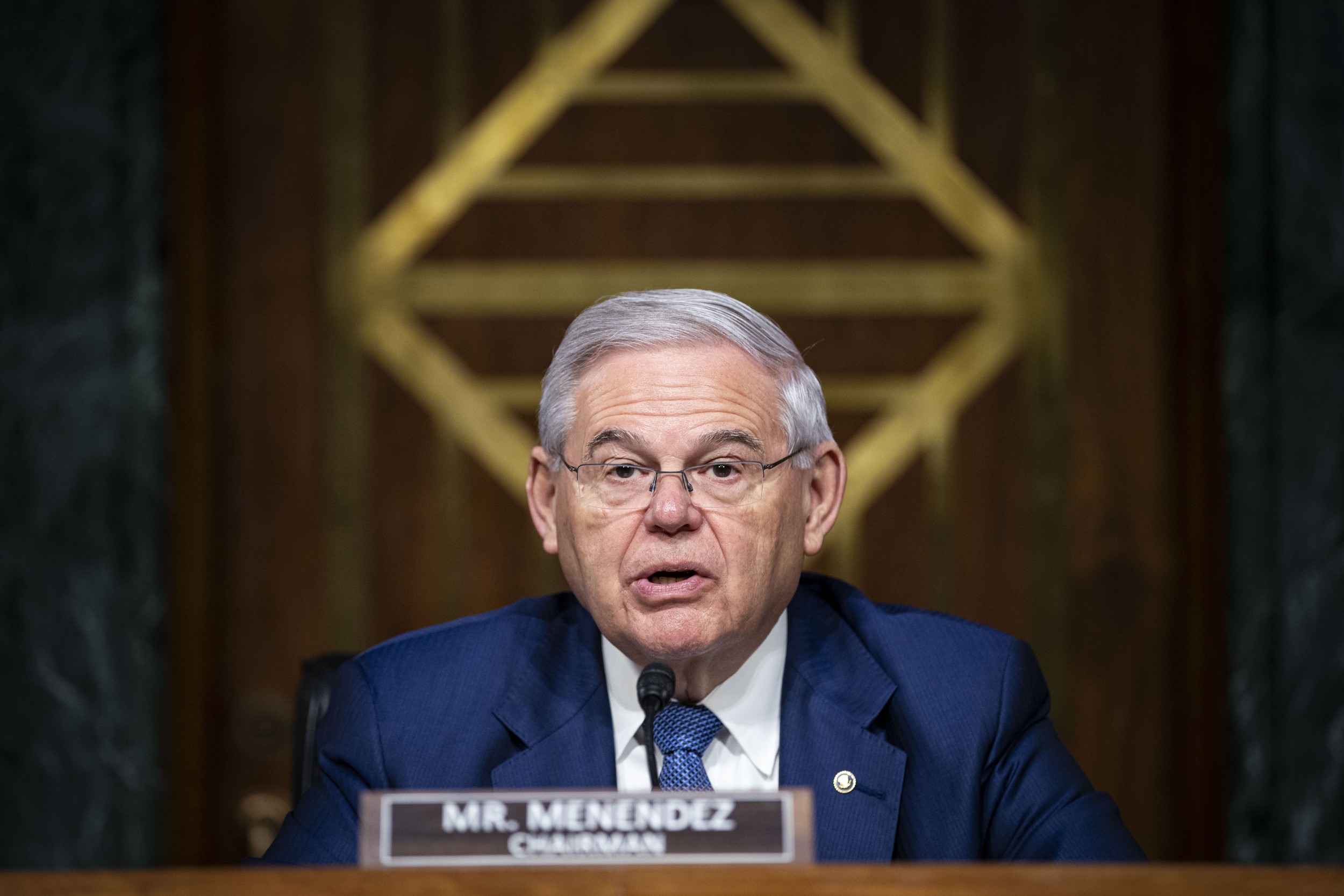June marks Pride Month, where millions will gather at marches and carnivals in cities across the globe to celebrate LGBTQ+ rights and the impact that these communities have had nationally and internationally.
From New York to Cape Town to Tel Aviv, the celebrations are held all over the world.
The main symbol of Pride is a rainbow flag to reflect the diversity of the movement and denote the spectrum of gender and sexuality.
Here are some of the key questions about the month-long celebration answered:
When Is Pride Month?
Pride Month is celebrated in the month of June each year to honor the 1969 Stonewall Uprising in Manhattan, New York City, according to Library of Congress (LOC).
Origins of Pride Month
Few establishments welcomed LGBTQ+ people in 1950s and 1960s in the United States and those venues were considered illegal. The venues that did accommodate LGBTQ+ people were often owned by the Mafia during that time, due to their illegal nature.
The Stonewall Uprising was a pivotal moment for the Gay Liberation Movement in America. They were a series of spontaneous demonstrations by gay activists in response to a police raid that began in the early morning of June 28, 1969 at the Stonewall Inn, in Greenwich Village, New York.
Stonewall patrons, as well as clientele from other Greenwich Village gay and lesbian bars, fought back against the police when they became violent. Following several protests, Greenwich village residents formed activist groups demanding the right to live openly regarding their sexual orientations without fear of police reprisals. With the space of a few months, newspapers were established to promote rights for gay men and lesbians.
LGBTQ+ historian Tyler Albertario told Newsweek: "Pride as we know it today was born in the living room of Craig Rodwell's Greenwich Village apartment on Halloween Night, 1969. He told his friend Ellen Broidy of the Student Homophile League of NYU that he believed there needed to be a replacement for the Annual Reminder, an annual July 4th gay rights picket of Independence Hall in Philadelphia that had been held since 1965."
"Rodwell believed that the demonstration was ineffective and needed to be re-imagined as a march commemorating the anniversary of the Stonewall Rebellion of June 27-July 2, 1969, which had just occurred that past summer" he added.
Rodwell and Broidy were scheduled to attend the Eastern Regional Conference of Homophile Organizations (ERCHO) in Philadelphia that very same weekend. That conference voted overwhelmingly to replace the annual reminder with a march to commemorate the Stonewall Uprising.
"Over the next few months, Rodwell would lead the organizing committee for the demonstration, which would now be called the Christopher Street Liberation Day March, and the Christopher Street Liberation Day Umbrella Committee (CSLDUC) would meet in his apartment and bookshop to hash out the details," said Albertario.
"Among other things, they decided to expand the festivities to cover the entire week leading up to the march, and to refer to it as a "Gay Pride" march," he added.
Pride Month Traditions
The United States initially celebrated "Gay Pride Day" on the last Sunday in June, but the day was flexible. The first Pride marches took place in Chicago, Los Angeles, New York and San Francisco on June 28, 1970, exactly a year after the Stonewall Uprising.
Gay rights organization the Mattachine Society of Washington, activists Frank Kameny and Lilli Vincenz, planned and promoted of the first Pride celebration along with activists in New York City and other homophile groups belonging to ERCHO. The LOC estimates that there were three to five thousands marchers at the first Pride march in New York City.
"Every city and town does Pride differently, but the common history is always there, and there is almost always a march, just like the first Pride march in 1970. Every time we march, we remind ourselves of our history and those that came before us," Albertario said.
As these marches continued each year, multiple gay and lesbian rights groups were founded. And later Pride marches also became associated with people who identified as bisexual, genderfluid, transgender and queer.
Bill Clinton was the first U.S. President to officially recognize Pride Month in 1999 and 2000. From 2009 and 2016, Barack Obama recognized it. The first Republican president to recognise Pride month was Donald Trump in 2019.
Today, the month is full of celebrations, which attract millions around the world, include pride parades, picnics, parties, workshops and concerts.

Uncommon Knowledge
Newsweek is committed to challenging conventional wisdom and finding connections in the search for common ground.
Newsweek is committed to challenging conventional wisdom and finding connections in the search for common ground.
About the writer
Jack Dutton is a Newsweek Reporter based in Cape Town, South Africa. His focus is reporting on global politics and ... Read more
To read how Newsweek uses AI as a newsroom tool, Click here.





